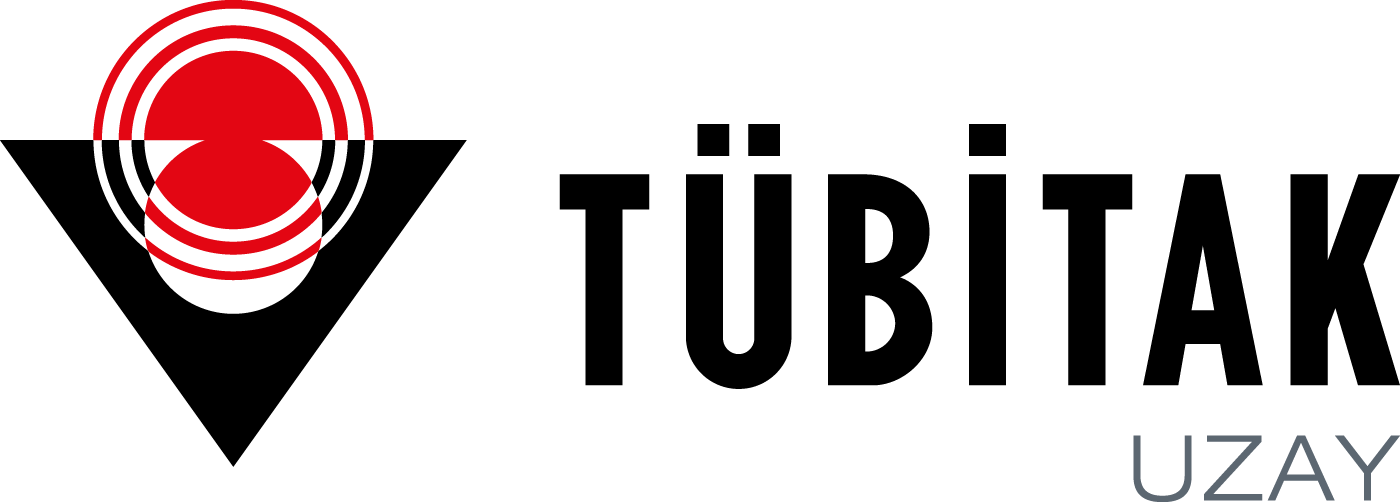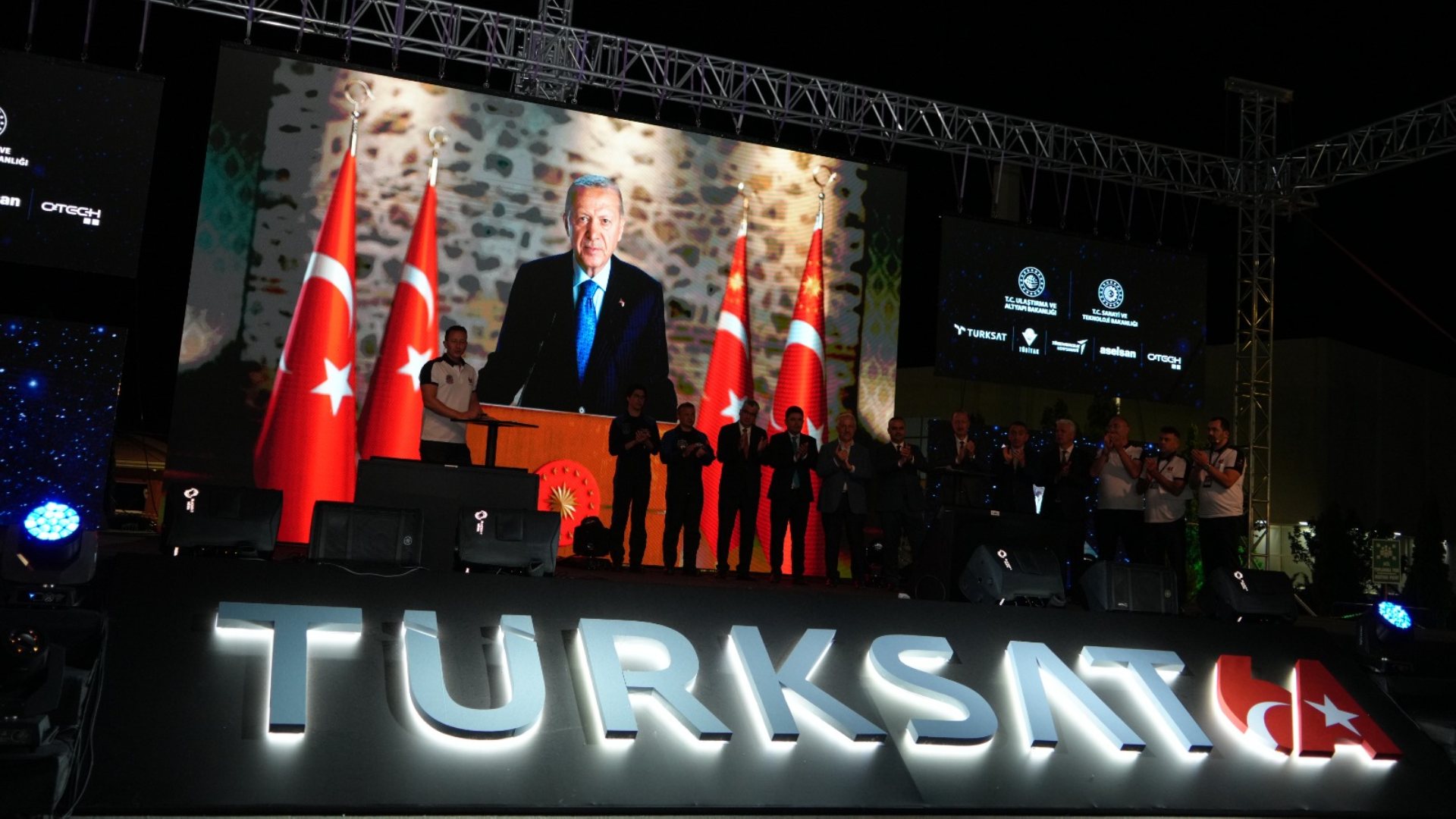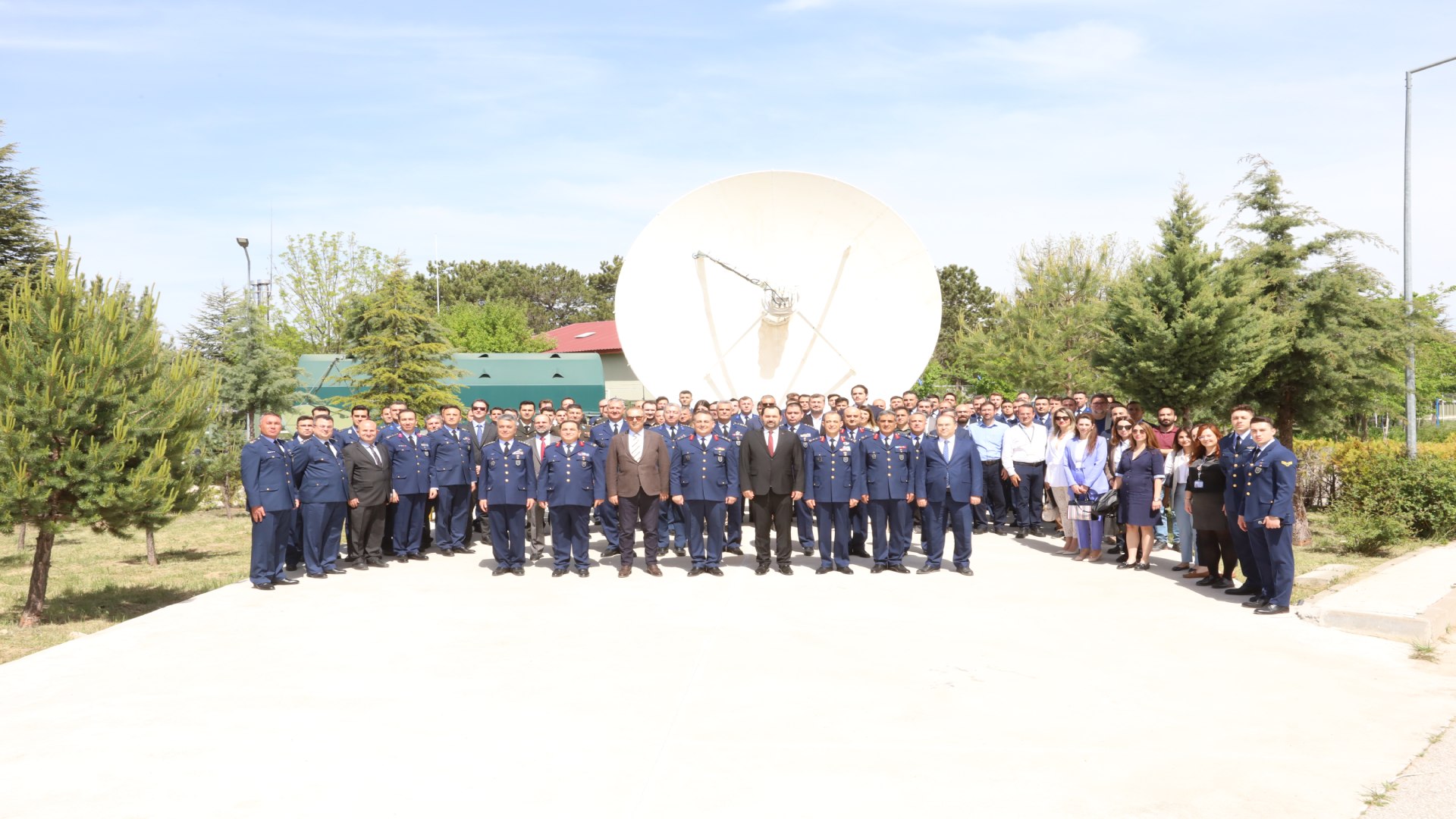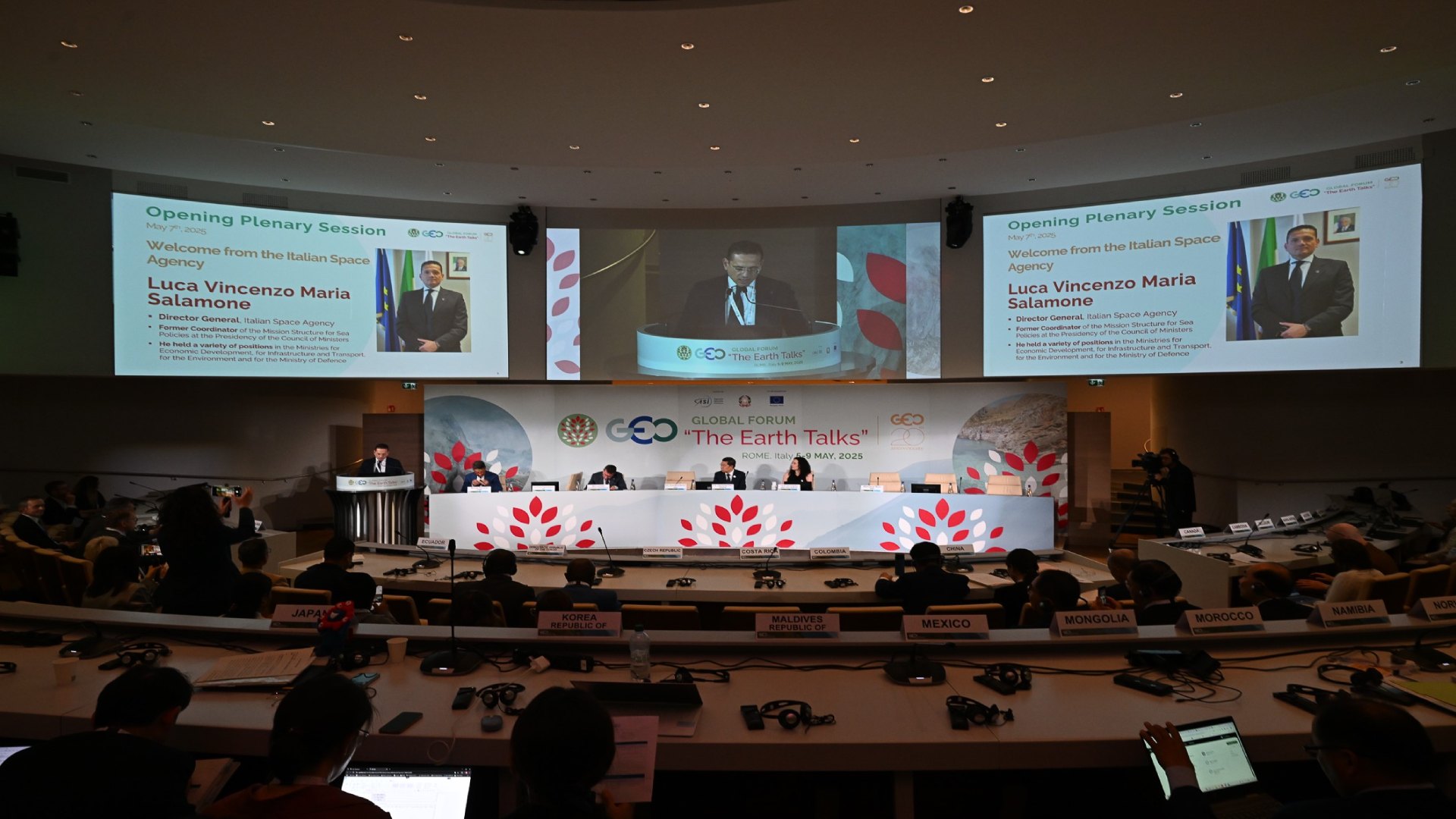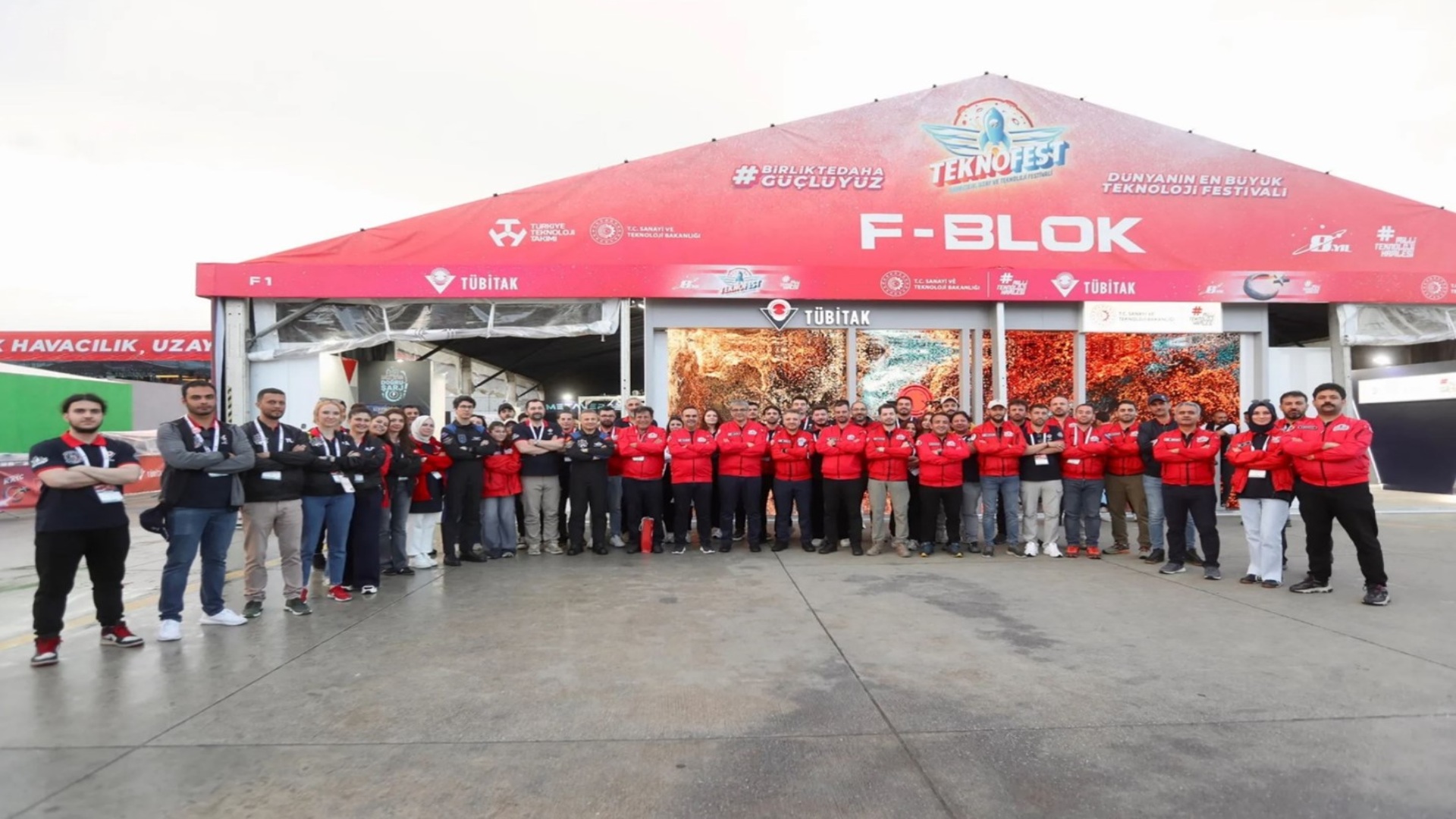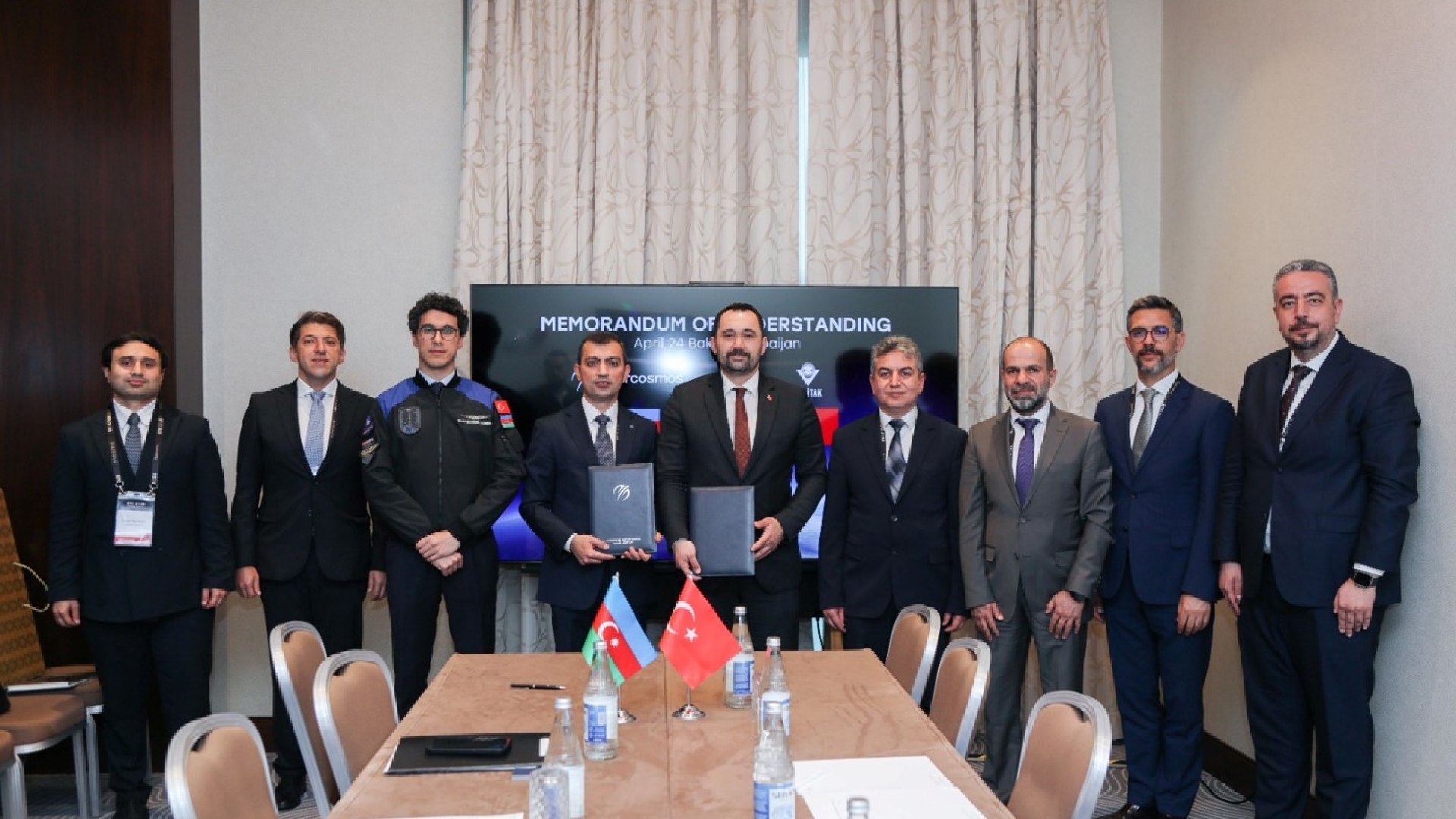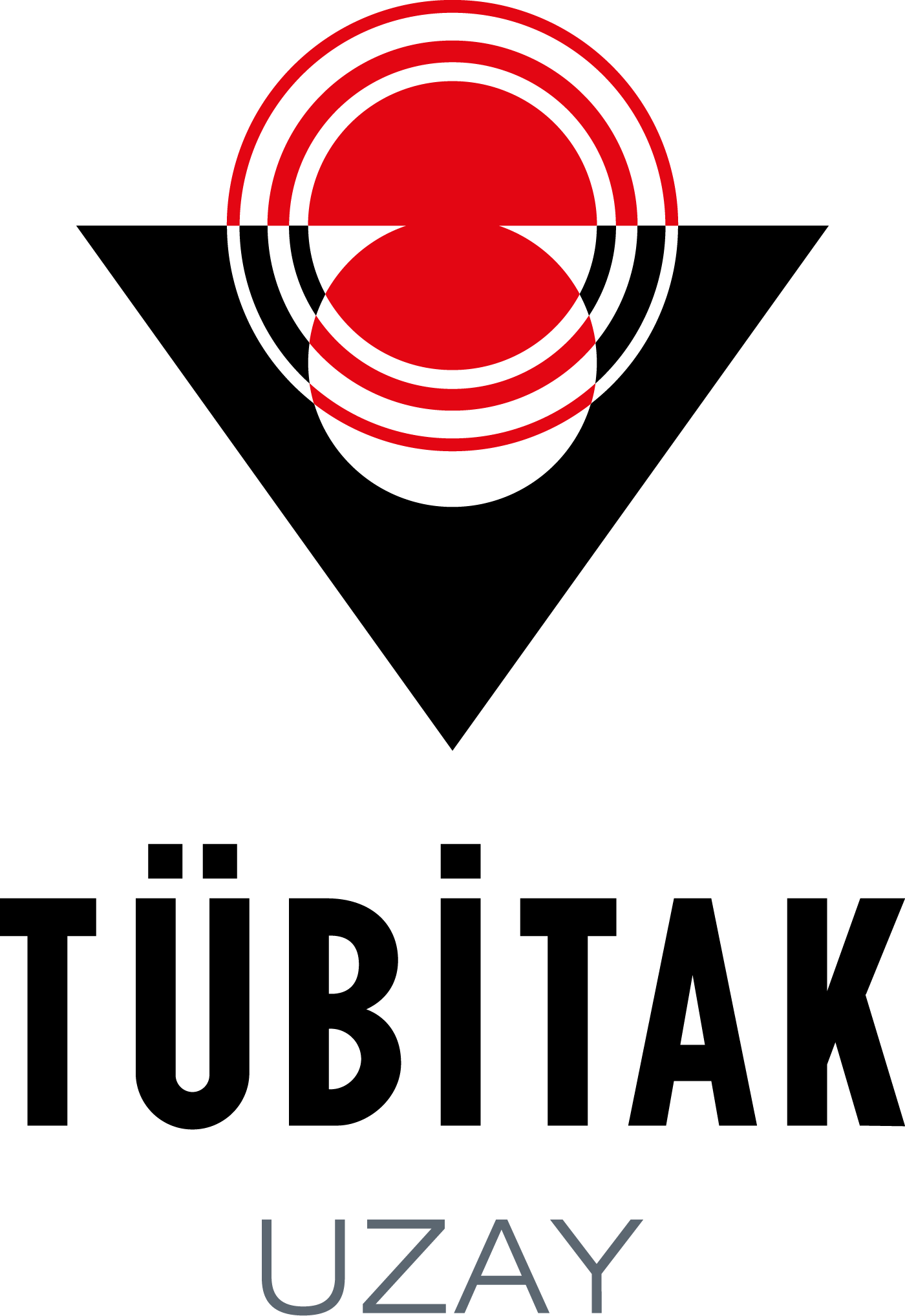Developed under the leadership of TÜBİTAK UZAY, TÜRKSAT 6A, the first indigenous and national communication satellite of our country, was launched into space at 02.30 Turkish time on the night between July 8 and July 9. Our colleagues at SpaceX in the USA, at the TÜRKSAT Campus and at TÜBİTAK UZAY watched this important event with their families.
Deputy President Cevdet Yılmaz, Minister of Industry and Technology Mehmet Fatih Kacır, TÜBİTAK UZAY Institute Director Mehmet Nefes and Deputy Institute Director Bülent Avenoğlu attended the Launch Ceremony held at TÜRKSAT's Gölbaşı campus as speakers, while a group of colleagues from the Institute watched the ceremony on site.
In addition, Abdulkadir Uraloğlu, Minister of Transport and Infrastructure, Haluk Görgün, President of Defence Industries, Prof. Dr. Hasan Mandal, President of TÜBİTAK, and fellow project staff from our Institute were present at the Cape Canaveral Space Force Station in Florida, USA, where TÜRKSAT 6A was launched.
Experienced researchers from each subsystem were sent to SpaceX facilities to test that the satellite was not damaged during the transportation of the satellite to the launch site, and to verify the satellite in its final hardware and software configuration. While some of this team returned to Turkey to participate in the post-launch satellite commissioning operations, another part of the team stayed there to perform health tests of the satellite on the rocket after the satellite was integrated into the rocket, verifying that the satellite was suitable for launch until the moment of launch.
In addition to TÜBİTAK UZAY employees, engineers from TAI, ASELSAN, Ctech and TÜRKSAT took part in the project to ensure the management and follow-up of this important mission at the ground station established within TÜBİTAK UZAY to commission the satellite after launch.
The launch was followed with great excitement by TÜBİTAK UZAY employees and their families. Those who watched the process broadcast live in the Institute's dining hall were proud to witness this historic moment. This launch, which is an important step in space technologies, became even more meaningful with the participation of families.
TÜRKSAT 6A Message from Erdoğan
While sending a video message to the launch ceremony held at TÜRKSAT Gölbaşı campus, President Recep Tayyip Erdoğan stated that the launch was a new occasion of pride for Türkiye and the nation. In the message published after the satellite was successfully launched into space, Erdoğan stated that the domestic communication satellite TÜRKSAT 6A had just been launched into space, and emphasized that more than 81 percent of the subsystems, satellite ground station and software in the TÜRKSAT 6A project, which is of great importance for the future of Türkiye, were produced indigenously.
Speaking before the launch, Vice President Cevdet Yılmaz said that satellite technologies have become one of the areas of strategic importance.
"We are moving our country step by step forward in the field of space"
Speaking at the ceremony, Mehmet Fatih Kacır, Minister of Industry and Technology, stated that they have carried Turkey forward step by step in terms of human resources, design and engineering capabilities, and said: "With our investments in satellite technologies, where our competencies in the field of space are gathered on a large scale, we have reached a level where our country can develop, produce and test its own satellites. With İMECE, our national observation satellite with sub-meter resolution, which we launched into space last year, we can now receive images from anywhere in the world without any restrictions. With the TÜRKSAT 6A project, which will extend the coverage area of our communication satellites to a population of approximately 5 billion, we have utilized the achievements we have made in the production and development of communication satellites in the production of communication satellites, which incorporate more sophisticated technologies than the imaging satellites we have procured from abroad so far. During the project process, in which we carried out all phases domestically, we achieved a localization rate of more than 80 percent by domestically producing a total of 84 equipment of 23 different types such as flight computers, power distribution and regulation units, star trackers, reaction wheels and electric propulsion systems. We verified the suitability of our satellite for space conditions and launch conditions with 396 environmental and functional tests carried out after system integration. We became one of the 11 countries that can produce their own communication satellites with all these capabilities. Turkey is in the top 11 in the A team in satellite technologies. On June 4, we carried out the transportation of our satellite to the launch site and our colleagues completed the pre-launch control tests, refueling activities and integration works with the launch vehicle."
"On the road to a fully independent Turkey, our work in space will continue with even greater strength."
TÜBİTAK President Prof. Dr. Hasan Mandal, together with Minister of Transportation Abdülkadir Uraloğlu and TÜBİTAK Space team, was at Space X's launch center at Cape Canaveral in Florida, USA.
Before the launch, Mandal went to the closest location to the launch site and made a connection to the ground station at TÜBİTAK UZAY. Mandal thanked those working for TÜRKSAT 6A for their efforts, emphasizing the difficulty of the mission, and said, "Thank you for your efforts and your hearts, dear colleagues. I congratulate our team. May God not let them be ashamed."
TÜBİTAK UZAY Institute Director Mehmet Nefes: "Türkiye Now Has the Power to Produce Its Own Telecommunication Satellites"
Speaking at the ceremony at the TÜRKSAT Campus, TÜBİTAK UZAY Institute Director Mehmet Nefes emphasized that with this satellite, Turkey has the capability to produce its own communication satellites. Nefes emphasized that TÜRKSAT 6A has serious strategic and psychological gains as well as technical and economic gains, and said: "I would like to take this opportunity to thank everyone who has worked on this project, who has put their heart and mind into it, who has given direct or indirect support, or at least prayed, both personally and as TÜBİTAK UZAY. There are many stakeholders of this project who are experiencing pride and excitement right now. It is a great honor for us to be the means of carrying our flag from here to approximately 36000 km away and to transform our country from the ability to produce its own earth observation satellites to the ability to produce its own communication satellites and turn it into a national power."
Emphasizing that the last TÜRKSAT 5B satellite was sent into space on December 19, 2021 from the same rocket and location, Nefes said that the fact that the last announcement, which was made in French at the time, will be made in Turkish today is very valuable and meaningful, especially for those in the sector. Nefes said that TÜRKSAT 6A has a special place for him and expressed his pride in being a part of this project. He hoped that work would continue for the production of new generation satellites.
A great success under the leadership of TÜBİTAK UZAY: First Domestic and National Communication Satellite TÜRKSAT 6A
The Ministry of Transport and Infrastructure and TÜRKSAT A.Ş. were the client organizations in the project, while TÜBİTAK UZAY was the project manager and ASELSAN, TAI and C2TECH were the project executing organizations. With the equipment developed by Turkish engineers at the project manager and executing organizations, the TÜRKSAT 6A satellite achieved a localization rate of over 80 percent.
The project, in which the Ministry of Transport and Infrastructure and TÜBİTAK were the funding institutions, was carried out in accordance with the legislation of TÜBİTAK KAMAG 1007 Public Institutions Research and Development Projects Support Program.
The TÜRKSAT 6A project was launched on December 15, 2014 with the aim of developing Turkey's first indigenous communication satellite. In addition to project management and system engineering, TÜBİTAK UZAY was responsible for the development of the power, satellite management, orbit and orientation control and electric propulsion subsystems, TAI for the development of the structural, thermal, cabling and chemical propulsion subsystems, ASELSAN for the development of the payload and CTECH for the development of the telecommunications/telemetry and distance measurement subsystem.
Many equipment used in the satellite were developed locally within the scope of the project
The project included nine platform subsystems, one payload subsystem and one payload subsystem provided by the government. For the Flight Model of the project only, a total of 84 indigenously developed equipment of 24 different types, including many critical equipment such as flight computers, power regulation units, power distribution units, reaction wheels, solar sensors, star trackers, electric propulsion motors, and thousands of main components were produced; 396 different environmental and functional tests were carried out for this equipment, as well as the design and production of many components such as structural units, RF filters and adapters. At TÜBİTAK UZAY alone, 318 electronic cards were produced, 111 of which were of different types. The TÜRKSAT 6A project also made a great contribution to Turkey's trained personnel and experience in the field of space. At the peak of the project, the number of personnel working in the management and executing organizations increased to more than 400.
Thanks to large-scale space projects such as TÜRKSAT 6A, the number of people working in the space sector has increased, the personnel who will take part in our country's future space projects have gained experience, and the development infrastructure and know-how have been expanded.
For 15 years, it will meet the country's communication needs
TÜRKSAT 6A, which will meet a significant portion of the country's communication needs for 15 years, will be positioned at 42 degrees east longitude at an altitude of 35,786 kilometers. With the TÜRKSAT 6A, which can generate up to 9.2 kilowatts of power and weighs 4,250 kilograms, India, Thailand, Malaysia and Indonesia, which are not served by existing communication satellites, will be covered by TÜRKSAT.
With the launch of TÜRKSAT 6A, the population reached by satellites will increase from 3.5 billion to 5 billion, while TÜRKSAT's satellite service exports to the region are expected to increase significantly.
Turkey, which is among the few countries capable of producing communication satellites, is also targeting to become a satellite exporter after the TÜRKSAT 6A experience.
The successful launch of TÜRKSAT 6A once again demonstrated Turkey's competence and determination in the field of science and technology. This project, which was realized through the joint efforts of organizations such as TÜBİTAK UZAY, TAI, ASELSAN, Ctech and TÜRKSAT, also constitutes an important foundation for our country's future space activities.

